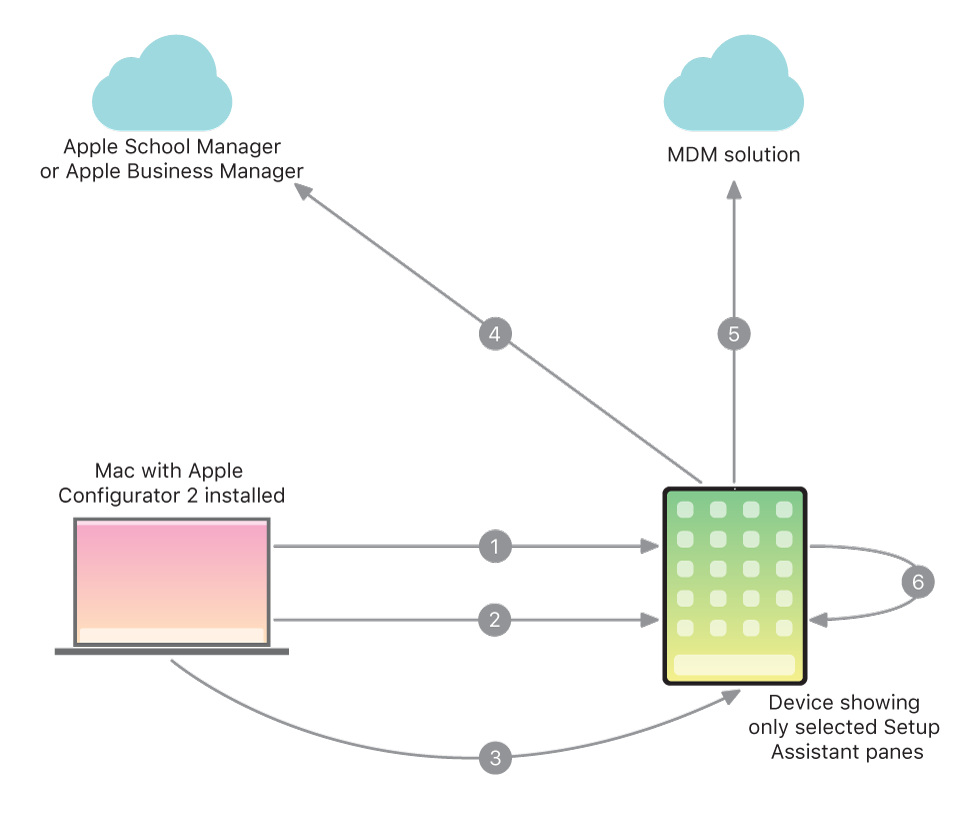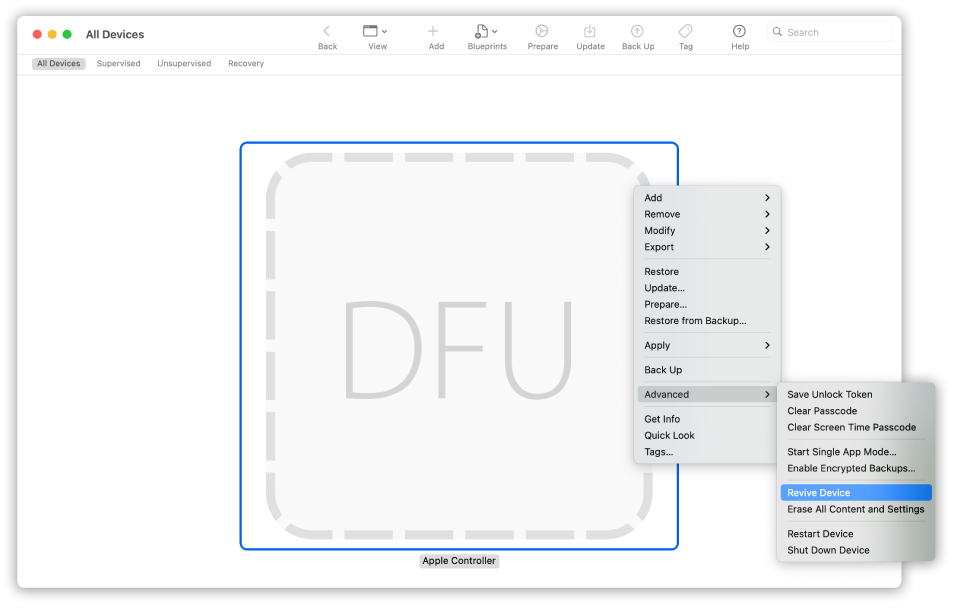

- #Apple configuration utility mac password#
- #Apple configuration utility mac mac#
- #Apple configuration utility mac windows#
To enable this support, use the following command:
#Apple configuration utility mac windows#
Both users have to log in using the name of their domain followed by their short names (DOMAIN\short name), similar to logging in to a Windows PC. By enabling namespace support with the Directory payload or the dsconfigad command–line tool, a user in one domain can have the same short name as a user in a secondary domain. MacOS supports authenticating multiple users with the same short names (or login names) that exist in different domains within the Active Directory forest. Authenticate as a local administrator as needed. Double-click this entry, then select the “Show password” checkbox. Find the entry that looks like /Active Directory/DOMAIN where DOMAIN is the NetBIOS name of the Active Directory domain. To retrieve the password, open Keychain Access, select the system keychain, then select the Passwords category.
#Apple configuration utility mac password#
Note: The computer object password is stored as a password value in the system keychain. You can change search policies later by adding or removing the Active Directory forest or individual domains. However, if you deselect “Allow authentication from any domain in the forest” in the Administrative Advanced Options pane before clicking Bind, the nearest Active Directory domain is added instead of the forest. With the default settings for Active Directory advanced options, the Active Directory forest is added to the computer’s authentication search policy and contacts search policy if you selected “Use for authentication” or “Use for contacts.” The computer’s search policies are set according to the options you selected when you authenticated, and Active Directory is enabled in Directory Utility’s Services pane. Use for contacts: Select if you want Active Directory added to the computer’s contacts search policy.ĭirectory Utility sets up trusted binding between the computer you’re configuring and the Active Directory server. Use for authentication: Select if you want Active Directory added to the computer’s authentication search policy. Username and Password: You might be able to authenticate by entering the name and password of your Active Directory user account, or the Active Directory domain administrator might need to provide a name and password.Ĭomputer OU: Enter the organizational unit (OU) for the computer you’re configuring. Note: The user must have privileges in Active Directory to bind a computer to the domain. See Control authentication from all domains in the Active Directory forest.Ĭlick Bind, then enter the following information:
#Apple configuration utility mac mac#
To restrict authentication to only the domain the Mac is bound to, deselect this checkbox.

You can also specify desired security groups here.Īllow authentication from any domain in the forest: By default, macOS automatically searches all domains for authentication. If the domain controller is unavailable, macOS reverts to default behavior.Īllow administration by: When this option is enabled, members of the listed Active Directory groups (by default, domain and enterprise admins) are granted administrative privileges on the local Mac. If a domain controller in the same site is specified here, it’s consulted first. Prefer this domain server: By default, macOS uses site information and domain controller responsiveness to determine which domain controller to use.

(Optional) Select options in the Administrative pane. See Map the group ID, Primary GID, and UID to an Active Directory attribute. (Optional) Select options in the Mappings pane. See Set up mobile user accounts, Set up home folders for user accounts, and Set a UNIX shell for Active Directory user accounts. (Optional) Select options in the User Experience pane. You can also change advanced option settings later. If the advanced options are hidden, click the disclosure triangle next to Show Options. To establish binding, use a computer name that does not contain a hyphen. Important: If your computer name contains a hyphen, you might not be able to bind to a directory domain such as LDAP or Active Directory.


 0 kommentar(er)
0 kommentar(er)
